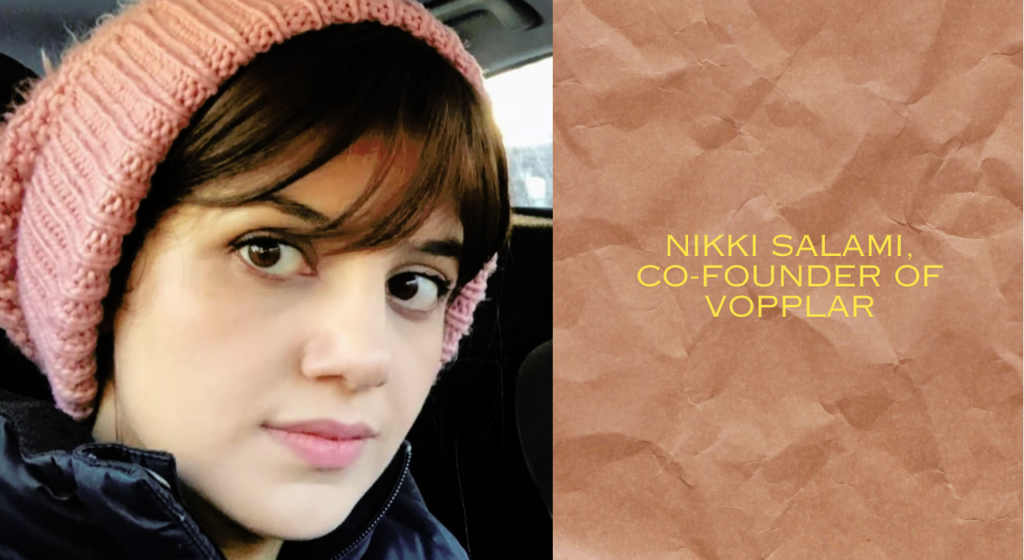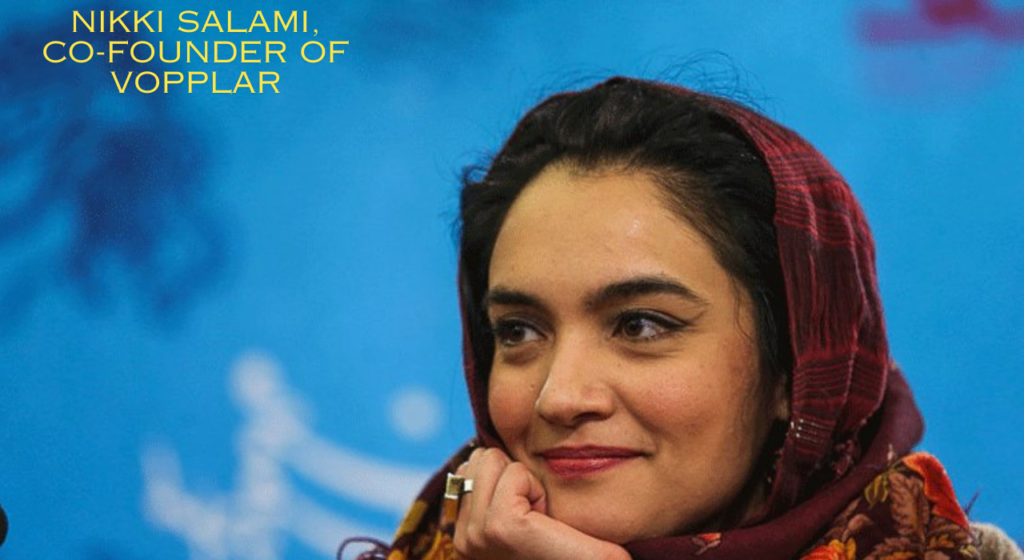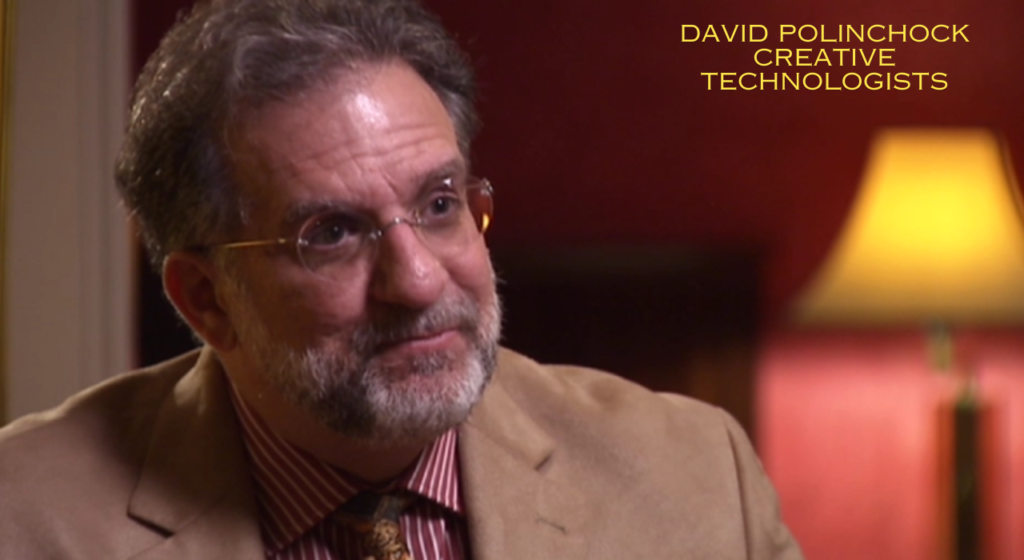The Future of Fashion Careers in the Age of AI The fashion industry is undergoing a transformation, and traditional career paths are no longer the norm. The rise of generative AI in 2023 marked a turning point, and its impact is set to accelerate in 2024, reshaping the workforce and opening doors for individuals who previously felt excluded from the field. While this is an exciting prospect for those seeking new avenues into fashion, there’s a shadow of concern for professionals from more traditional backgrounds who fear being displaced by AI.
Generative AI is taking center stage in the fashion landscape. According to the Business of Fashion State of Fashion report, 73 percent of fashion executives are prioritizing generative AI in 2024. The National Retail Federation (NRF) highlights that venture capitalists are particularly focused on AI this year. The first half of 2023 saw a staggering $14.1 billion in equity funding for generative AI start-ups. The BoF report predicts that a significant quarter of generative AI applications will be in design and product development.

Nikki Salami, co-founder of VopplAR, a startup set to launch in the coming months, is among the emerging experts in this field. As generative AI continues to redefine fashion processes, it creates both opportunities and challenges for professionals navigating the ever-evolving landscape.
The Role of a Generative AI Researcher

VopplAR: Bridging Technology and Fashion Creativity Nikki Salami, co-founder of VopplAR, emphasizes the symbiotic relationship between technology and creativity in the fashion industry. With a background in technical engineering and a co-founder specializing in graphic design and sustainability, they found a common ground where technology and fashion intersected.
VopplAR utilizes machine learning algorithms to provide clients with a range of design solutions aligned with their brand aesthetics and commercial requirements. The services offered include virtual try-ons, designing multiple colorways, and 3D rendering, bringing efficiency and cost reduction to the traditional sampling process. For instance, with a handbag brand, VopplAR facilitates changes in handles, details, materials, and colors, presenting the product in various photoshoot settings.
The startup, currently in the bootstrapping phase, is working closely with small and medium-sized companies, gathering feedback to enhance its services. Salami recounts a success story where VopplAR’s AI-generated sketch bridged the communication gap between a non-designer client and their head designer. Another instance involved a sustainable shoe brand testing a new colorway through a VopplAR-created advertisement before manufacturing.
While acknowledging the increasing interest and investment in fashion-tech startups, Salami urges caution against the hype, emphasizing that AI is a tool to enhance the design process, not replace it. She encourages the fashion industry to embrace technology, emphasizing that it evolves rapidly and can contribute to designing better, faster, and more efficiently. As VopplAR prepares for its private beta release, Salami envisions future hires from both the tech and design worlds, recognizing the need for a deep understanding of how designers think and work in the fashion industry.

The Creative Technologist’s Journey
Meet David Polinchock, the driving force behind Brand Experience Lab, where they’re turning the business world into a high-tech playground. Nestled in Jersey City, their headquarters is not just an office—it’s a vibrant space dedicated to exploring the latest in augmented reality and the Metaverse.
Picture this: stores, pop-ups, and event spaces transformed with cutting-edge technology, seamlessly integrated to create an immersive experience. At Brand Experience Lab, they’re not just playing around; they’re showing clients the exciting potential of these emerging technologies.
According to Polinchock, it’s not just about embracing technology for the sake of it. The key is aligning these innovations with specific goals. Whether it’s grabbing media attention or directly boosting revenue, every technological endeavor at Brand Experience Lab is purpose-driven.
So, if you’re ready to bring your brand into the future, consider the Brand Experience Lab as your tech-savvy partner, where they turn experimentation into success.
Brand Experience Lab is not just surviving but thriving during the pandemic by catering to the changing needs of retailers. They’re experts in crafting in-store solutions that elevate the customer experience and make the purchase process smoother. With a focus on unattended retail technology and cashierless stores, they’re reshaping the retail landscape.
Looking ahead to 2024, David Polinchock, the visionary behind the company, anticipates a surge in fashion tech. He emphasizes the importance of digital twinning as a powerful tool to captivate the younger generation. At Brand Experience Lab, they’re not just keeping up with trends; they’re setting them.
Reflecting on his extensive experience in New Tech, Polinchock underscores the transformative journey from early virtual reality explorations in the 90s to the current focus on practical applications. Digital twinning, a concept once deemed improbable, is now gaining prominence, allowing brands to sell virtual items in unreal spaces worn by non-existent individuals—an intriguing intersection of technology and fashion.

The Creative Technologist’s Vision for Retailtainment
David Polinchock, who is in charge of the Brand Experience Lab, is one well-known figure in this area. Located in Jersey City and marketed as a “playground for emerging technologies,” the lab serves as a central location for investigating augmented reality and the Metaverse. Polinchock highlights the importance of matching technology projects to particular objectives, such as attracting media attention or producing immediate cash flow.
Operating throughout the pandemic, Brand Experience Lab responds to retailers’ changing needs with a focus on in-store solutions that improve customer experience and expedite the purchasing process. Polinchock notes that as fashion brands get ready for 2024, there will be a greater emphasis on fashion technology and emphasizes the value of digital twinning in attracting younger consumers.
An additional facet of this dynamic environment pertains to brands exploring immersive events or “retailtainment.” Using 360-degree projection technology, Lightbox, a space in midtown Manhattan, provides brands with a unique platform to customize walls with shifting imagery. Head of Enterprise Sales at Lightbox Charlie Meshchaninov describes how their immersive experiences combine audio, visuals, and scents to appeal to the senses.
Meshchaninov emphasizes the need to improve in-person experiences by highlighting the shift in post-pandemic demand for immersive interactivity. The specially designed Lightbox space, featuring natural runways, makes it easy to integrate projection mapping for immersive events. Increased budgets and a growing demand for these kinds of experiences suggest that brands are beginning to expect multifaceted engagement.
Creative Technologists bridge the traditional and digital divide as creativity and technology collide in this space, opening up new possibilities for brands to tell their stories and engage audiences in previously unheard-of ways.
